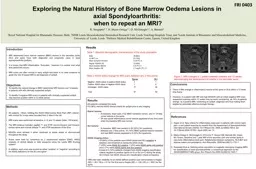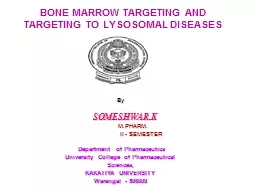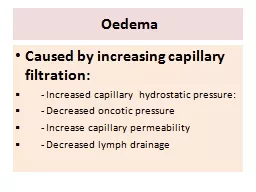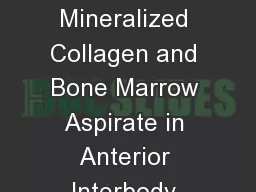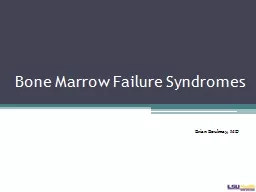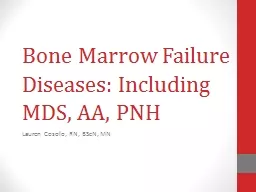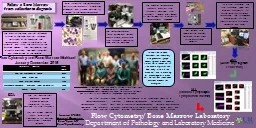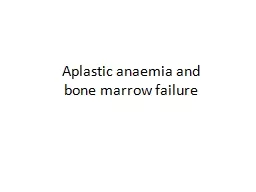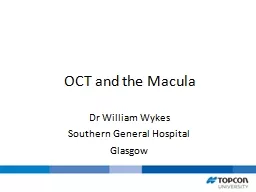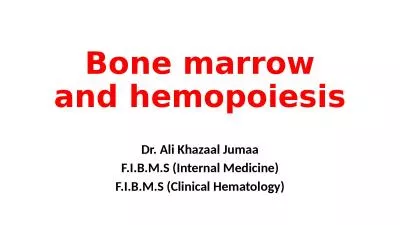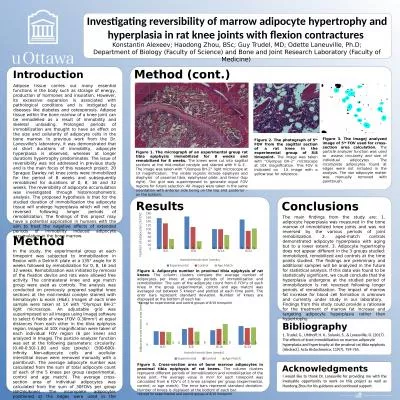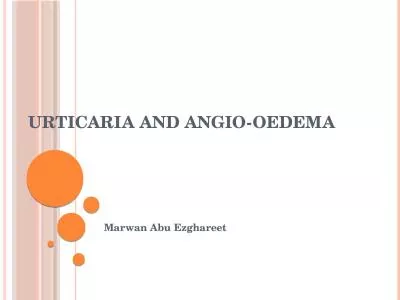PPT-FRI 0403 Exploring the Natural History of Bone Marrow Oedema Lesions in
Author : test | Published Date : 2019-06-20
axial Spondyloarthritis when to repeat an MRI R Sengupta 1 H Marzo Ortega 23 D McGonagle 23 A Bennett 4 1 Royal National Hospital for Rheumatic Diseases
Presentation Embed Code
Download Presentation
Download Presentation The PPT/PDF document "FRI 0403 Exploring the Natural History ..." is the property of its rightful owner. Permission is granted to download and print the materials on this website for personal, non-commercial use only, and to display it on your personal computer provided you do not modify the materials and that you retain all copyright notices contained in the materials. By downloading content from our website, you accept the terms of this agreement.
FRI 0403 Exploring the Natural History of Bone Marrow Oedema Lesions in: Transcript
Download Rules Of Document
"FRI 0403 Exploring the Natural History of Bone Marrow Oedema Lesions in"The content belongs to its owner. You may download and print it for personal use, without modification, and keep all copyright notices. By downloading, you agree to these terms.
Related Documents

